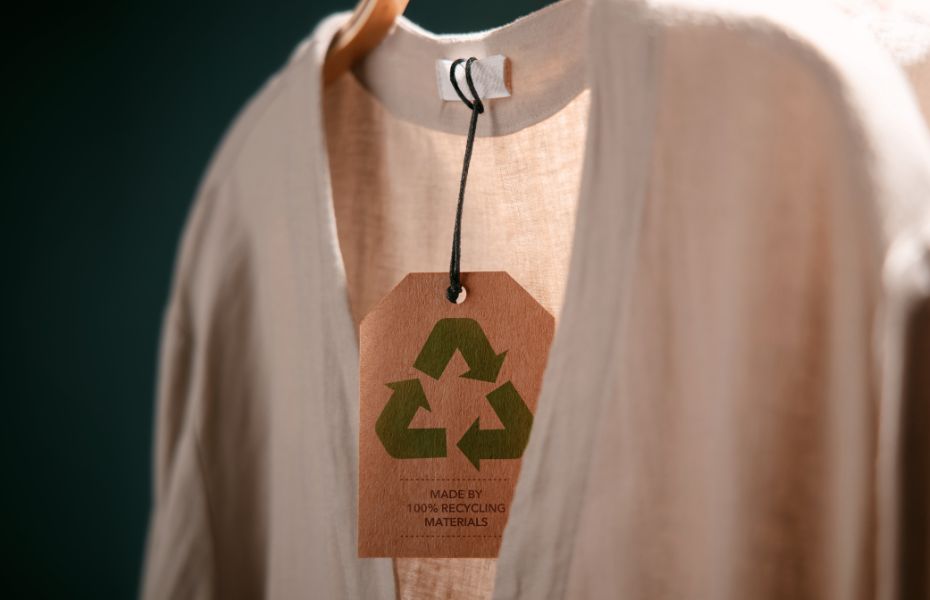Recycled yarn emerges as an eco-friendly solution in the world of textile production. By rescuing waste materials and transforming them into new yarn, we can significantly reduce the ecological footprint of the industry. In this article, we will explore 5 specific ways to further minimize this footprint and promote sustainable practices in recycled yarn production.
Innovative Technologies for Effective Recycling
The adoption of advanced technologies is essential to improve the efficiency of the recycling process. The use of modern machinery and innovative methods of sorting and cleaning, such as optical separation and contaminant detection, allows us to obtain higher-quality and purer yarn from recycled materials.
Ensuring Sustainable Sourcing
Selecting a responsible source of recycled materials is fundamental to minimizing the ecological footprint. Collaborating with suppliers who adhere to ethical and sustainable standards ensures that recycled yarn is free from harmful materials and comes from reliable and environmentally-conscious sources.
Optimizing Energy Consumption
Reducing energy consumption in recycled yarn production is a crucial step in decreasing the ecological footprint. The implementation of efficient lighting systems, the use of more energy-efficient machinery, and the optimization of production processes can lead to significant energy savings and, consequently, lower greenhouse gas emissions.
Utilizing Waste for Sustainable Yarn
Reusing the waste generated during recycled yarn production is a smart practice to minimize the ecological footprint, as is the case with post-consumer recycled yarn. By integrating internal recycling processes, we can transform byproducts and waste into new inputs, reducing the amount of waste that ends up in landfills and avoiding the additional use of raw materials.
Empowering the Consumer
Consumer education and awareness are crucial for increasing the demand for products made with recycled yarn and, therefore, for promoting more sustainable production. Brands and manufacturers should communicate the environmental benefits of recycled yarn and highlight how choosing these products can make a difference in reducing the ecological footprint of the textile industry.
Minimizing the ecological footprint in recycled yarn production is a responsibility that falls on manufacturers, suppliers, and consumers to work together in creating a more sustainable and environmentally-conscious textile future. By adopting one of these five approaches, we will be weaving a path toward a more responsible textile industry.


